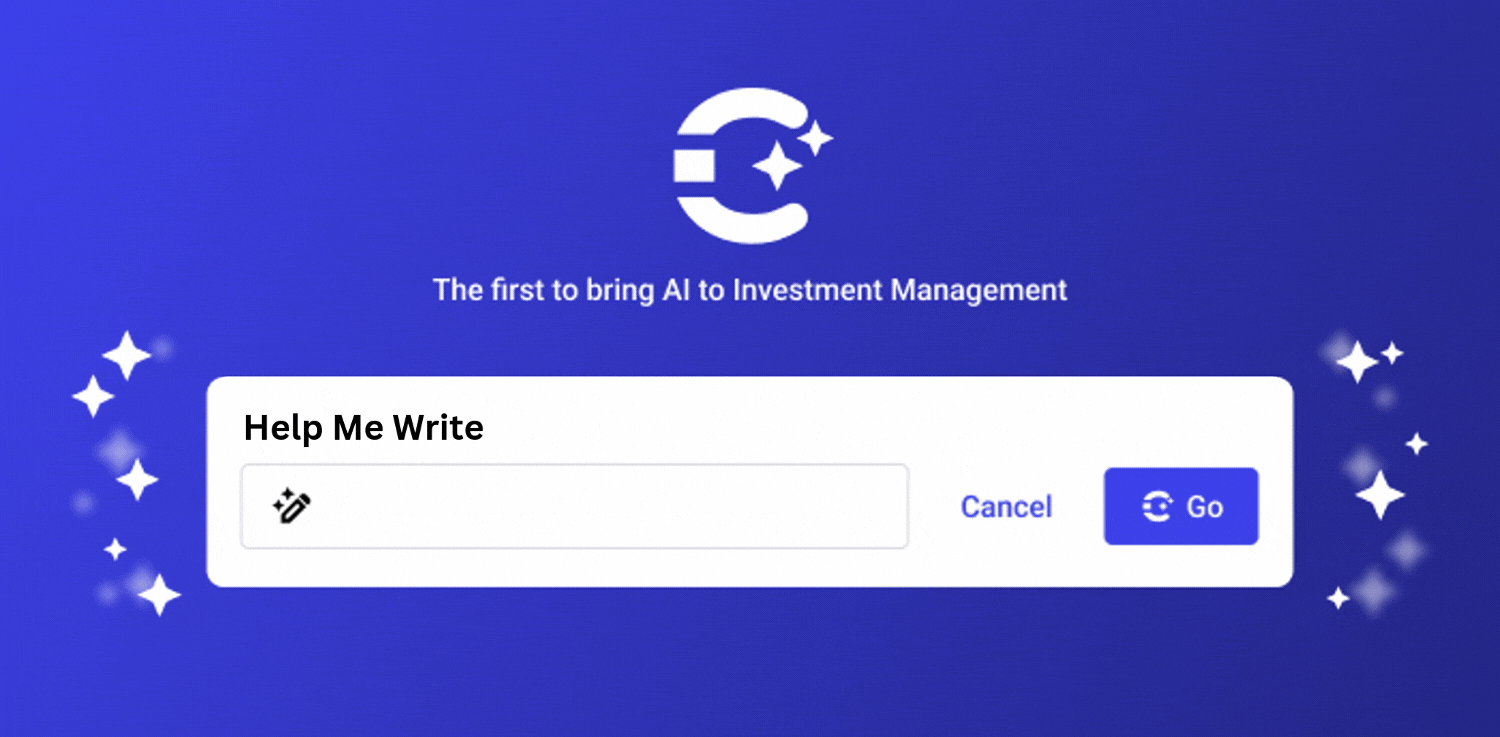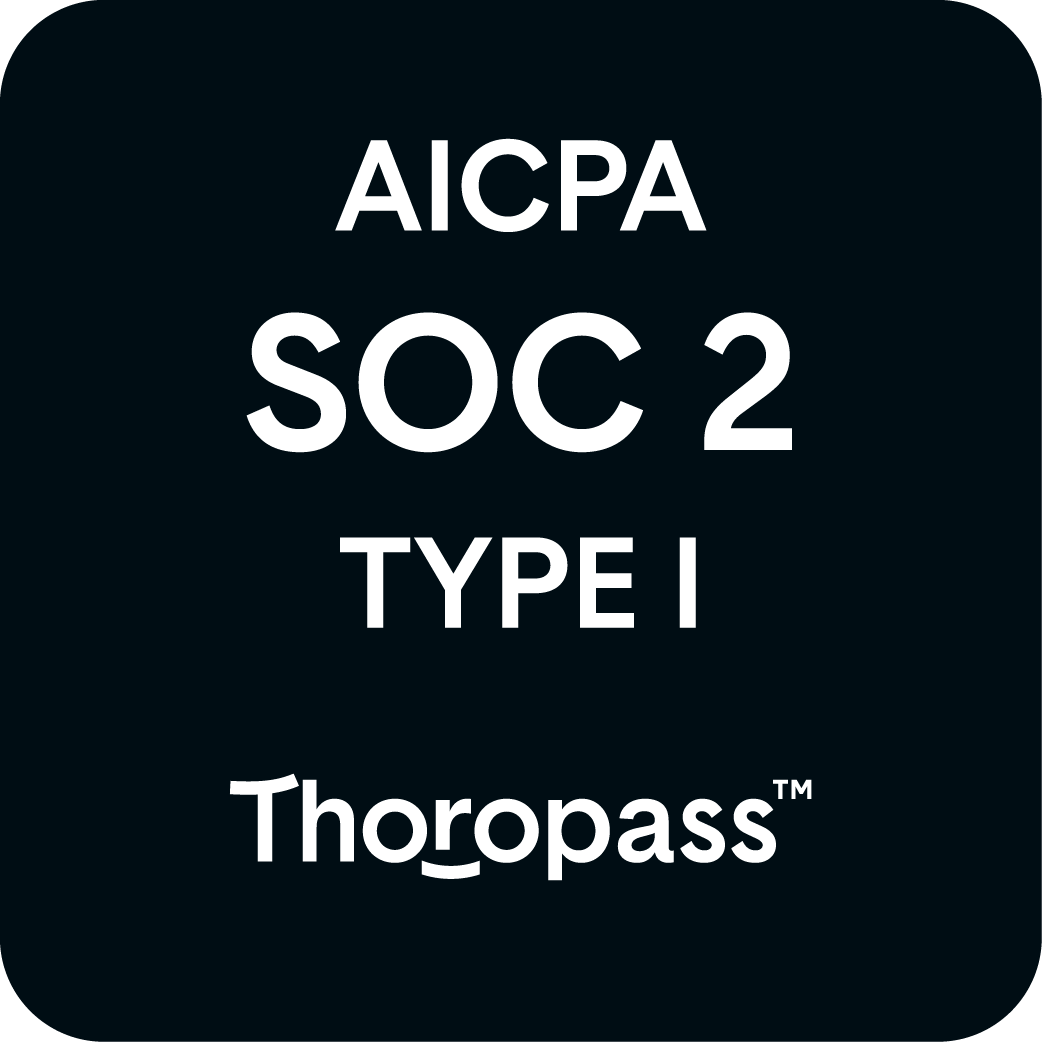Uncalled Capital: Generate Interest Off Idle Cash
You already know that in the real estate world, cash is king. But during a commercial real estate deal, there are often long stretches of time during which earmarked funds, or uncalled capital, may sit idle in an account waiting to be used for its intended purpose. What’s the best thing to do with this uncalled capital while it sits? How can general partners (GPs) and their investors (LPs) put this capital to work for them in the short-term? Before we dive into the options, let’s back up a bit.
What is uncalled capital?
When a real estate investment is structured as a partnership, the investors (also known as limited partners) typically commit to investing a certain amount of money in the partnership over time. This commitment is called a capital commitment. The partnership will then draw on these commitments to fund the acquisition, development, or improvement of real estate assets.
However, not all of the investors’ commitments are immediately called upon by the partnership. Some of the commitments may be left unfunded or uncalled, meaning that the investors have not yet been required to contribute that portion of their capital to the partnership.
The reason for having uncalled capital commitments is to provide the partnership with flexibility in managing its cash flow. The partnership can draw on the committed capital as needed to fund its real estate investments, but it can also hold back on calling in all the commitments if it doesn’t need the cash immediately. This allows the partnership to better manage its liquidity and avoid having too much cash sitting idle.
Investors in a commercial real estate partnership should be aware of their unfunded capital commitments and be prepared to contribute that capital when called upon by the partnership. Typically, investors will receive a notice from the partnership when their capital is needed, and they will have a certain amount of time to contribute the required funds. If an investor fails to meet their capital contribution obligations, they may be subject to penalties or lose their investment in the partnership.
Uncalled Capital: An Example in Commercial Real Estate
Smith Capital has a commercial real estate deal and several outside investors, or LPs. Committed capital refers to the total amount of money that investors, including limited partners (LPs) and the general partner (GP), have pledged to invest in the project. Let’s say Smith Capital has a committed capital of $100 million, with $98 million coming from outside investors and $2 million from the GP.
When the GP wants to make an investment, it needs to call on the committed capital, which is done through a capital call notice sent to each investor, specifying the amount of money they need to contribute and when it is due. The total amount of capital that is called and paid in by investors is called capital, also known as drawn capital or paid-in capital. In this example, if Smith Capital needs $5 million to make an investment in the property and to pay certain fees, the called capital would be $5 million.
The remaining committed capital that has not been called is uncalled capital, also known as dry powder. In this example, the uncalled capital would be $95 million. The sum of called capital and uncalled capital equals the committed capital ($5M in called capital + $95M in uncalled capital = $100M committed capital).
It is important to distinguish between committed capital and called capital because management fees and fund performance are calculated based on these metrics. Management fees are initially based on committed capital, while fund performance is commonly based on paid-in capital.
The important thing to takeaway is that uncalled capital that is committed (in other words, capital earmarked for a project but sitting idle until it’s put to use) can become a massive revenue generator for GPs and LPs with Covercy’s integrated banking partners. This idle cash is earning high-yield APYs for hundreds of GP and LP customers, while still being completely accessible when needed. Schedule a Covercy demo to see how uncalled capital can earn revenue for your firm today.
Uncalled Capital Held in Escrow Accounts
Investors or general partners typically hold their committed funds in an escrow account before they are used to fund the deal in a commercial real estate partnership.
An escrow account is a third-party account managed by an escrow agent, who is usually a bank or a law firm. The purpose of an escrow account is to hold funds until certain conditions are met, such as the closing of a real estate transaction or the completion of a specific project.
In a commercial real estate partnership, the investors will typically wire their committed capital to the escrow account, which will be managed by the general partner or the sponsor of the partnership. The funds will remain in the escrow account until the general partner is ready to use them to fund the deal.
The use of an escrow account provides several benefits for both the investors and the general partner. For the investors, it provides a level of security that their capital will be used for its intended purpose and not misused or misappropriated by the general partner. For the general partner, it provides a clear separation between the partnership’s funds and the general partner’s personal funds, which helps to minimize the risk of commingling and protects the general partner from potential liability.
Once the general partner is ready to use the committed capital to fund the deal, they will provide instructions to the escrow agent to release the funds to the partnership’s operating account. The escrow agent will then release the funds in accordance with the agreed-upon terms and conditions of the partnership agreement.
Uncalled Capital vs. Idle Cash
Uncalled capital and idle cash are two different financial concepts, although there is some overlap.
Uncalled capital refers to the amount of money that investors have committed to invest in a venture or business, but which has not yet been called upon by the business for various reasons, such as the project not yet being fully underway, or not yet requiring the full amount of funds.
Idle cash, on the other hand, refers to cash that a business currently holds but is not actively using or investing. It may be held in a bank account or other form of liquid asset but is not generating any significant return for the business.
In summary, uncalled capital is a commitment to invest in the future, while idle cash is an unused asset that could be invested or put to work in the present. Either committed & uncalled capital or idle cash can do more for a GP or LP using Covercy than in a traditional bank or escrow service. Because of Covercy’s partnership with third-party banking solutions, funds in accounts opened through Covercy can earn much higher interest rates (up to 4%, as of April 2023) than in typical savings or checking accounts.
Uncalled Capital: The Tax Implications
There can be tax implications associated with the earnings on interest generated by uncalled capital held in a high-yield checking account. The tax treatment of these earnings may depend on several factors, including the type of entity, the type of income earned, and the specific tax laws in the relevant jurisdiction.
For example, in the United States, a partnership may be subject to federal income tax on any income earned by the partnership, including interest earned on uncalled capital held in an escrow account. The partnership may also be subject to state and local taxes on this income.
However, the partnership may be able to deduct any expenses incurred in generating the income, such as bank fees or other costs associated with the escrow account. Additionally, the partnership may be able to allocate the income and deductions to the partners based on their respective ownership percentages, which can affect the partners’ individual tax liabilities.
It’s important to consult with a qualified tax professional to understand the specific tax implications of uncalled capital earnings on interest in your particular situation. They can provide guidance on how to properly report and account for this income and ensure that you are in compliance with all applicable tax laws.
Clawback Provisions
A clawback in real estate investment refers to a provision in a partnership agreement that allows the GP to recoup previously distributed profits or returns from the LPs in certain circumstances.
The purpose of a clawback is to ensure that the LPs receive their agreed-upon share of profits or returns over the life of the partnership, even if the initial projections or estimates prove to be inaccurate. For example, if the GP initially distributes more profits or returns than the LPs are entitled to, the clawback provision may allow the GP to recoup those excess distributions in the future.
Clawback provisions are typically included in partnership agreements for real estate investments that generate cash flows over a period of time, such as rental income or profits from the sale of properties. These same provisions can and should apply to interest earned on uncalled capital. The provisions can help to ensure that the LPs receive a fair and equitable share of the returns from the investment, even if those returns are not realized until later in the investment period.
It’s important to note that clawback provisions can be complex and may vary depending on the specific terms of the partnership agreement. LPs should carefully review the terms of the partnership agreement, including any clawback provisions, before investing in a real estate partnership to fully understand their rights and obligations. Additionally, it’s recommended to consult with a qualified attorney or financial advisor to fully understand the implications of any clawback provisions in the partnership agreement.
Covercy Turns Idle Cash into A Revenue Generator for LPs and GPs
With Covercy’s embedded banking services, GPs and LPs have access to FDIC-insured bank accounts that earn up to 2.96% APY on uninvested or uncalled capital. Escrow accounts rarely, if ever, generate such a significant yield for GPs and LPs while cash sits waiting to be drawn. Additionally, because Covercy bank accounts are integrated directly into the investment management portal being used by the GP and the LP, both parties can transfer money instantly between bank accounts – no wire necessary.
Covercy is the first investment management platform for commercial real estate professionals that gives GPs the ability to accept an instant money transfer from an investor bank account via ACH payment during a capital call, all within one platform. Distribution payments similarly can be made from the GP to the investors with a single click based on ownership percentages, and Covercy even offers customizable distribution waterfall modeling within the software suite to accommodate more complex partnership payments.
Ready to generate revenue with your idle cash? Get a private demo of Covercy now.







Trackbacks & Pingbacks
[…] numbers are impressive: nearly $400 billion in dry powder is waiting on the sidelines, with a significant portion allocated to opportunity funds. In fact, […]
[…] and their investors the ability to open secure checking accounts right within the platform. Uncalled capital can be held in high-interest-earning accounts with no loss to liquidity, and General Partners can […]
[…] How do sponsors and general partners (GPs) actually move this money around? Where should they keep uncalled capital so it generates a return while it sits idle? When it comes time to make distribution payments to […]
Comments are closed.